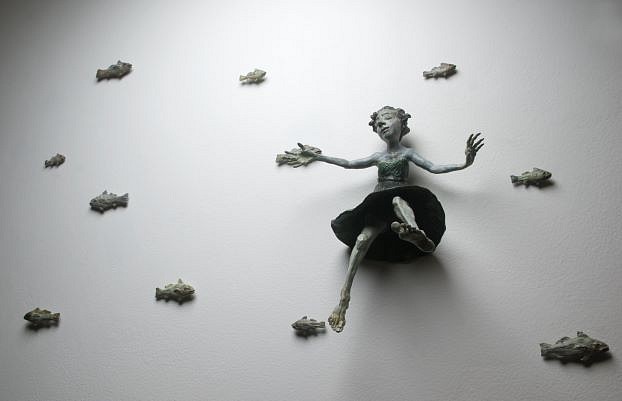
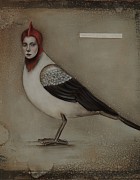
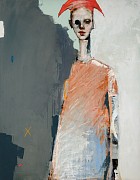
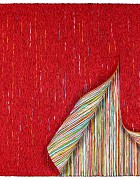
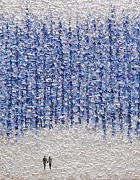
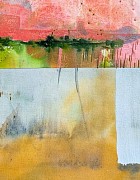
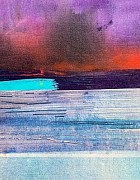
Process Matters
November 5, 2020 - By Joy Reed Belt
The prevailing theme for me this week is process. Not the political process, although it has certainly been vying for my attention, but the artistic process. In 2011, I was given a very interesting lesson on the importance of process in creating art when the Oklahoma sculptor Holly Wilson, invited me to her home for a studio visit. After accepting the invitation, I thought it might be interesting to take a videographer with me to document our conversation. I was so glad I did. When we arrived Holly, a master storyteller, began talking about the work she was creating for her upcoming exhibit at the Gallery. She was making a series of one of a kind small bronze figures each imbued with its own character and story. Holly’s influences are grounded in her childhood and enriched by oral traditions that stem from her Native American roots. As she began showing me some of the figures she had already cast, I was astonished by the scale of the work and the amount of detail that had been lavished in each piece. When I began asking questions about her casting process, Holly offered to do a bronze pouring of a small figure in her driveway.
As you will see in the video Holly molds her figures in wax and utilizes a lost wax and slurry casting process. She doesn’t sculpt in clay. Since there is no mold each piece is truly one of a kind. Watching Holly create that sculpture was almost a spiritual experience. Since then, Holly’s work has been exhibited all over the United States. She has been an Artist in Residence at the Eiteljorg Museum and her work has been shown at Indian Market in Santa Fe and featured at Crystal Bridges in Bentonville, Arkansas. Holly hasn’t just mastered one process, she also works in photography, encaustic, and oil painting.
Another artist whose process has always fascinated me is Michele Mikesell. The first time we met to discuss her work Michelle told me that the process she used to create a painting was more important to her than the image. For years, Michele has applied varnish over her paintings, which usually explore the relationship between animals and humans. After the canvas dries, she sands and varnishes the painting again and again. She repeats that process up to 15 times on a single painting. To keep the sanding from destroying the paintings, she has a strong wooden box built for each painting and stretches the canvas over the box. She enjoys painting on canvas because she likes the tooth of the fabric, but she needs to have the canvas supported by wood to withstand the abuse of the sanding. Since participating in a group show at the Gallery which was juried by Joe Andoe, Michele has been continually exhibited throughout the United States. The United Kingdom and Asia, as well as participating in many international art fairs.
Karam is another artist who has developed a process that is unique to her. Her painting process involves a high degree of repetitious physical labor. When we first started exhibiting Karam she worked in kind of a pointillism style. Because she uses a lot of texture, one had to stand back from the painting to really appreciate the abstract or figurative quality of the work. Since then she has transitioned to building layer after layer of texture in complicated abstract designs by using an apparatus much like a cake decorating tube. Karam fills the tube with a compound of pigment, fixative, and texture and squeezes out each line of color. She does that over and over again until she produces the complicated three-dimensional painting to which she has aspired. One of the paintings that I particularly admired took 400 hours for her to complete.
Back to Blogs
